 W
WCulex salinarius, the unbanded saltmarsh mosquito, is a species of mosquito in the family Culicidae.
 W
WDorymyrmex goeldii is a species of ant in the genus Dorymyrmex. Described by Forel in 1904, the species is endemic to Brazil.
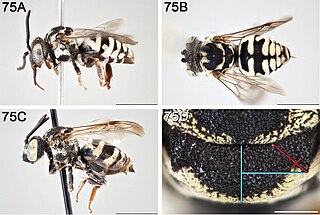 W
WEpeolus olympiellus is a species of cuckoo bee in the family Apidae. It is found in North America.
 W
WFormica gagatoides is a species of ant in the family Formicidae. It is found in Europe.
 W
WFormicoxenus chamberlini is a species of ant in the subfamily Myrmicinae. It is endemic to the United States.
 W
WFormotosena seebohmi is a cicada species from Taiwan,China, Vietnam and Japan.
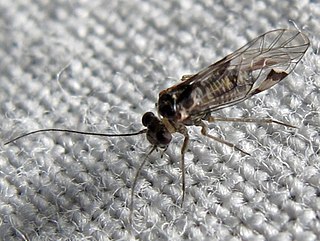 W
WIndiopsocus bisignatus is a species of common barklouse in the family Psocidae, where it is found in Central America and North America.
 W
WLaphria fernaldi is a species of robber flies in the family Asilidae.
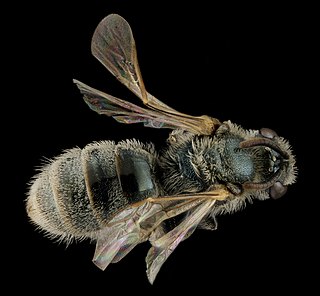 W
WLasioglossum marinum, the marine metallic-sweat bee, is a species of sweat bee in the family Halictidae.
 W
WLasioglossum vierecki, also known as Dialictus vierecki and Halictus vierecki, is a sand sweat bee and is part of the family Halictidae of the order Hymenoptera. It is found in the eastern half of North America from Minnesota to the New England States down to Georgia and Louisiana and up in Manitoba and Ontario. Commonly found in sandy areas, it pollinates various flowers such as grass-leaved goldenrod and rattlesnake master.
 W
WMonomorium ergatogyna is a species of ant in the family Formicidae. This species is often mistaken for Monomorium minimum as they are similar in appearance. This ant is a shiny black color and contains only a single worker caste, making them a monomorphic species. It is also polygyne, meaning a colony contains multiple fertile queens living together. They are native to California, Nevada, and Utah and are usually found in cities or on the coast. When compared to other Monomorium species, they are found to have the longest living queens and can live up 2 years in captivity. Argentine ants have been discovered to be actively pushing this species out of its original territory.
 W
WOdontoloxozus longicornis, the longhorn cactus fly, is a species of cactus flies.
 W
WParopomala pallida, known generally as the pale toothpick grasshopper or desert toothpick grasshopper, is a species of slant-faced grasshopper in the family Acrididae. It is found in Central America and North America.
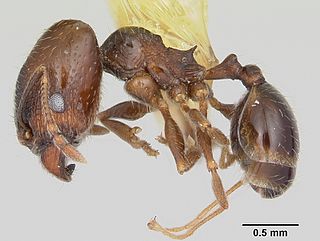 W
WPheidole elecebra is a species of ant in the genus Pheidole. It is endemic to the United States.
 W
WPhymateus karschi is a locust in the family Pyrgomorphidae.
 W
WTapinoma antarcticum is a species of ant in the genus Tapinoma. Described by Forel in 1904, the species is endemic to Chile.
 W
WTapinoma israele is a species of ant in the genus Tapinoma. Described by Forel in 1904, the species is endemic to Algeria and Israel. Tapinoma israele is one of the fewest species that build Solaria during the winter.
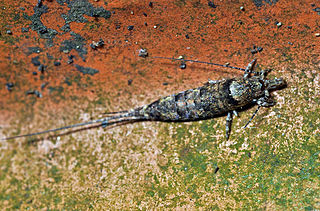 W
WTrigoniophthalmus alternatus is a species of jumping bristletail in the family Machilidae. It is found in Europe & Northern Asia and North America.
 W
WUmjaba is a genus of cicadas from Madagascar
 W
WThe variable darner is a dragonfly of the family Aeshnidae, native from Alaska through the Northwest Territories to Newfoundland, south to New Hampshire and Michigan in the eastern United States, and to the mountains of New Mexico, Arizona, and California in the west. It's named after the distinctive broken stripes on the sides of the thorax of many male specimens. It lives in many habitats from northern and mountain peatlands to cattail marshes and temporary pools. It is the characteristic species of grassland ponds.
 W
WXenopsylla brasiliensis is a species of flea found on rats. It is a vector of bubonic plague, and is found in South America, Africa, and India.